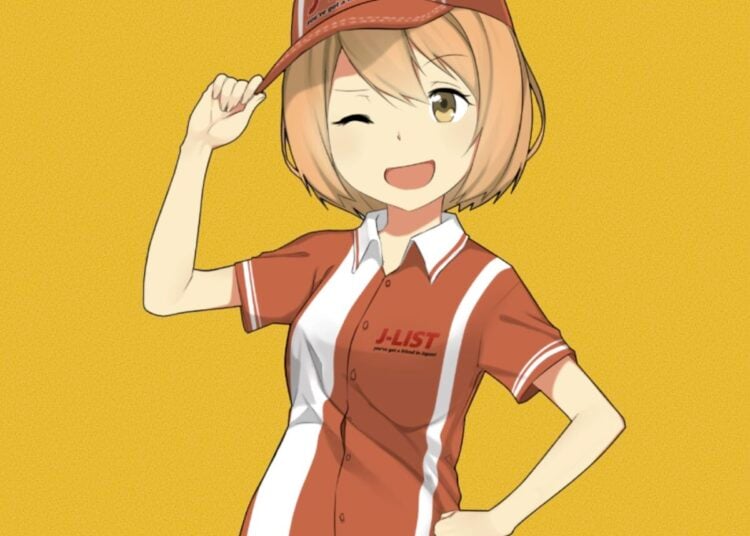Like Bill Gates and Donald Trump, the movers and shakers of the Japanese business world — the “shacho” or company presidents — are constantly in the public eye. One of the most famous Japanese businessmen is Son-shacho (President Son, pronounced “sohn” so that it rhymes with bone), owner of the Softbank investment empire, which started back in the early 1980’s when young Son-san brought a little game to the U.S. called Invader Game (Space Invaders to you and me). Now he’s the prime mover behind Yahoo BB, a broadband provider that’s cropping up everywhere, and has his investment fingers in every pie here. Another star in the business world is Takafumi Horie, the 31-year-old president of Livedoor, a Yahoo clone who wants to own a baseball team. The blogging young businessman, famous for wearing T-shirts even when being interviewed by prestigious news shows, rubs many established businessmen the wrong way. A third person who’s well known in business here is President Goshn, Brazillian-born head of Nissan installed by Renault in 1999. He’s turned the company around beautifully, and is hailed in the business press as a miracle-worker here in Japan.
Tokyo is the capital of Japan, and you’ve never seen a more massive tangle of concrete, narrow roads, and interesting urban culture. A sprawling megacity that overflows into neighboring cities of Kawasaki and Yokoyama, the Tokyo metropolitan area is a separate geographic entity, not part of any prefecture (much like the District of Columbia in the U.S.). Tokyo’s population of 12 million rises to 14 million during the day, as people from the surrounding areas commute up to 2 hours to work. The city has been the unofficial capital of the country since 1603, when Shogun Tokugawa unified the country and put his seat of power there; this status became official with the Meiji Restoration in 1868. The name Tokyo means “east capital” and contrary to advertisements for airlines I’ve seen, it doesn’t mean “capital of the East” (as in, the most important travel destination in Asia) — Tokyo is to the east of the old capital of Kyoto. This naming comes from China, home of Peking/Beijing (“north capital”) and Nanking (“south capital”). The layout of Tokyo is heavily influenced by the Chinese practice of feng-shui, or finding good luck through careful design of landscape or the layout of rooms.
If you ever find yourself in Tokyo, there’s plenty to do, but bring plenty of money. The first place foreigners will probably want to go to is Akihabara, Japan’s Mecca for electronics and otaku culture. To get there, ride the Yama-no-te loop line that goes around Tokyo, and watch all the other foreigners on the train; when they all get off, that’s Akihabara. To experience the urban grunge fashion found in FRUiTs magazine and see a lot of cool shops, go to Harajuku; hit the Meiji Jingu shrine while you’re there, since it’s nearby. For a taste of Japan’s youth-driven night culture, go to Shibuya on a Saturday night and just people-watch — be sure and check out the famous statue of Hachiko, the faithful dog who waited at the station for his master to come home, not knowing that he had died, and the “scramble” intersection, Japan’s most famous crosswalk. Roppongi is good for its clubs, and the Hard Rock Cafe there is the best in the country (there’s a giant gorilla climbing up the side of the building). Shinjuku is a major train station and commercial area — a whopping 2 million people pass through the station every day. As a fan of 80s anime, I’ve always loved Shinjuku, which appeared in everything from Megazone 23 to City Hunter. While Tokyo is a little short on traditional Japanese culture, one of the most popular sightseeing spots is Asakusa, a large shrine area with many nice shops around it. Of course, if you like sushi as much as I do, try to find any excuse to go to Edokko Sushi in Narita City, near the airport, for the largest, freshest sushi you’ll ever find. We went there on our way to Guam and fell in love with it all over again…
Remember that orders for 2005 calendars will be closed soon, and when that happens, it will be very hard for us to get the excellent and rare Japanese calendars that you want unless we happen to have some in stock. Orders for calendars made after Nov 5th or so will be very hard to fill, so we ask that you get your calendar orders in as quickly as possible. They make wonderful Christmas gifts too!















